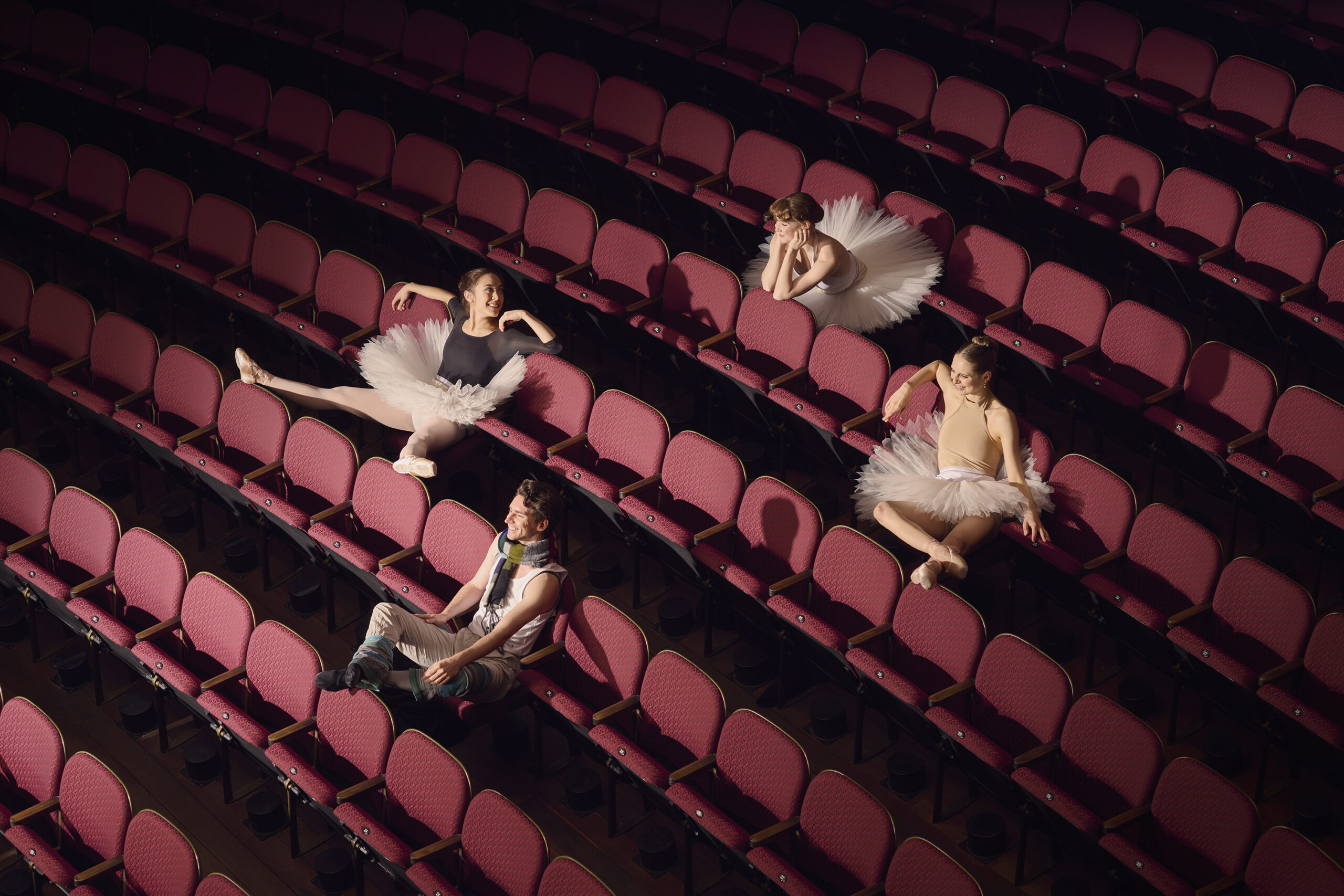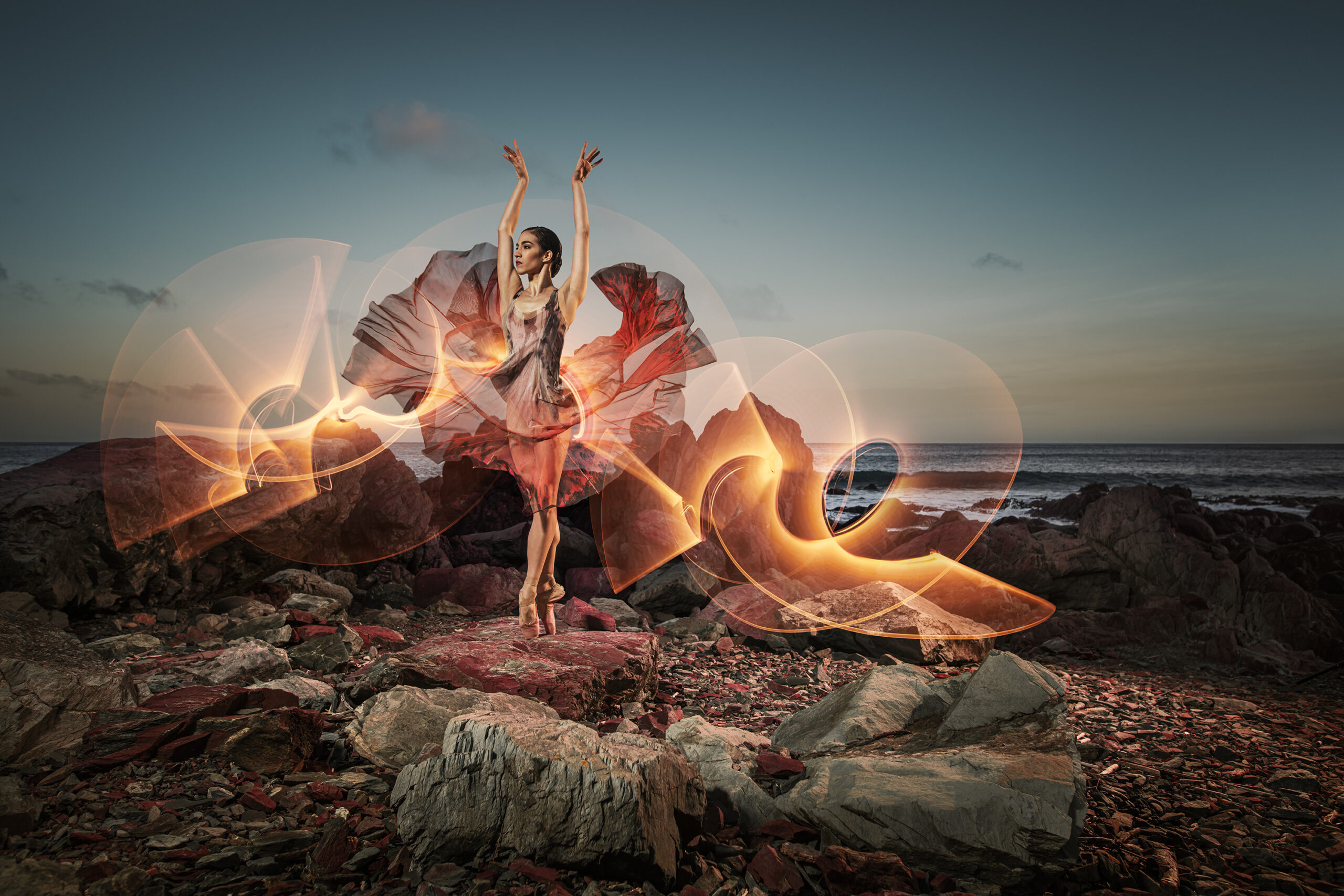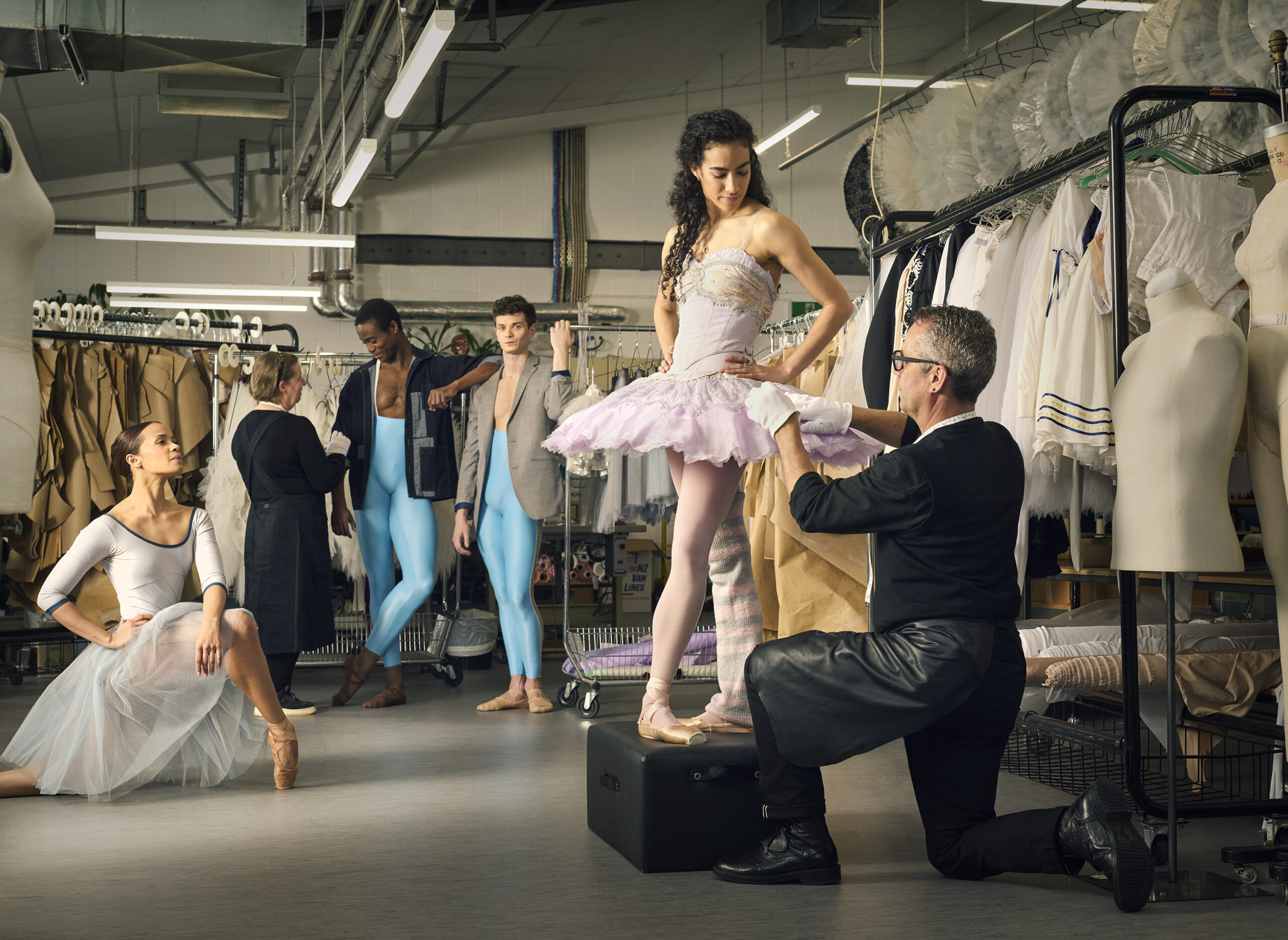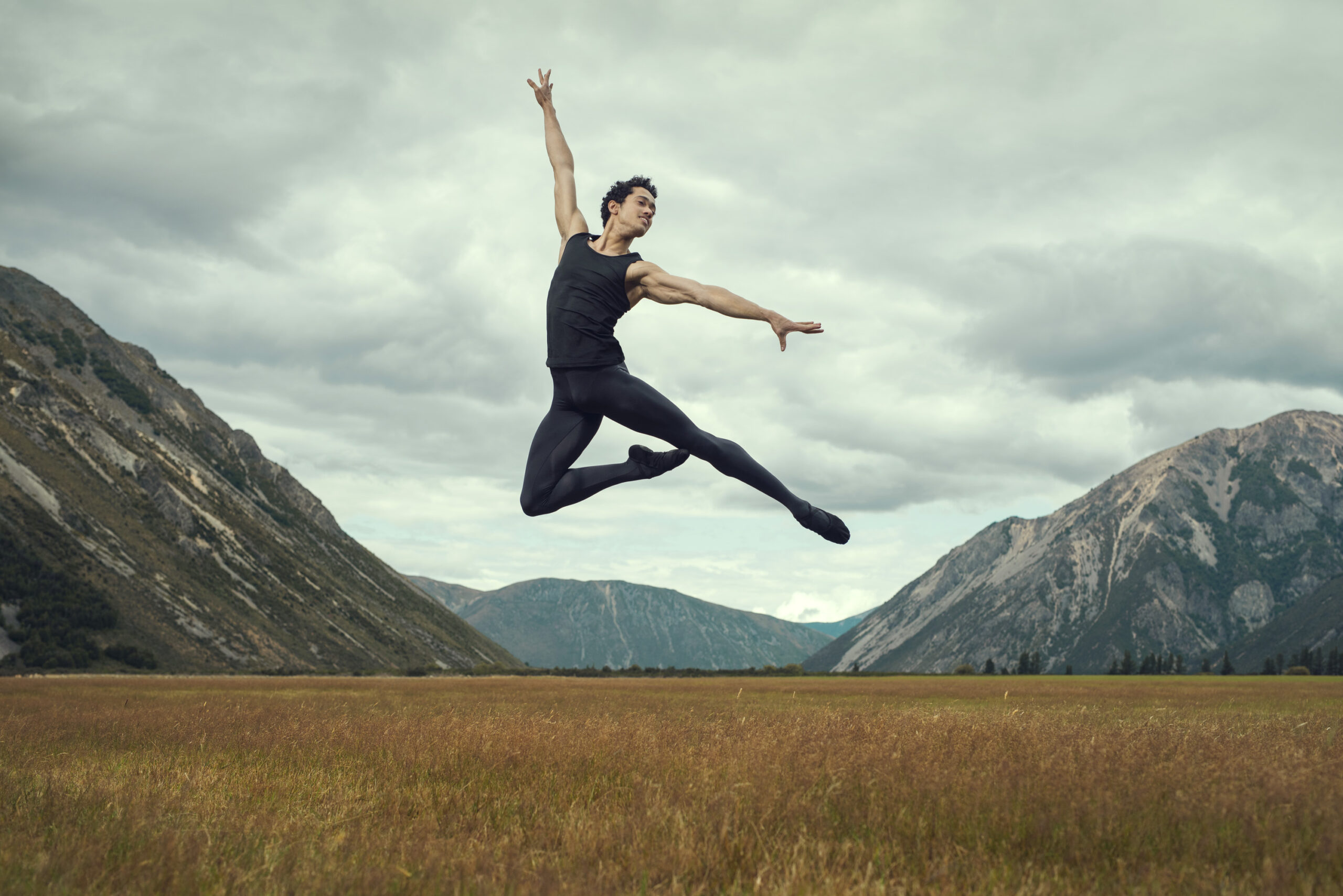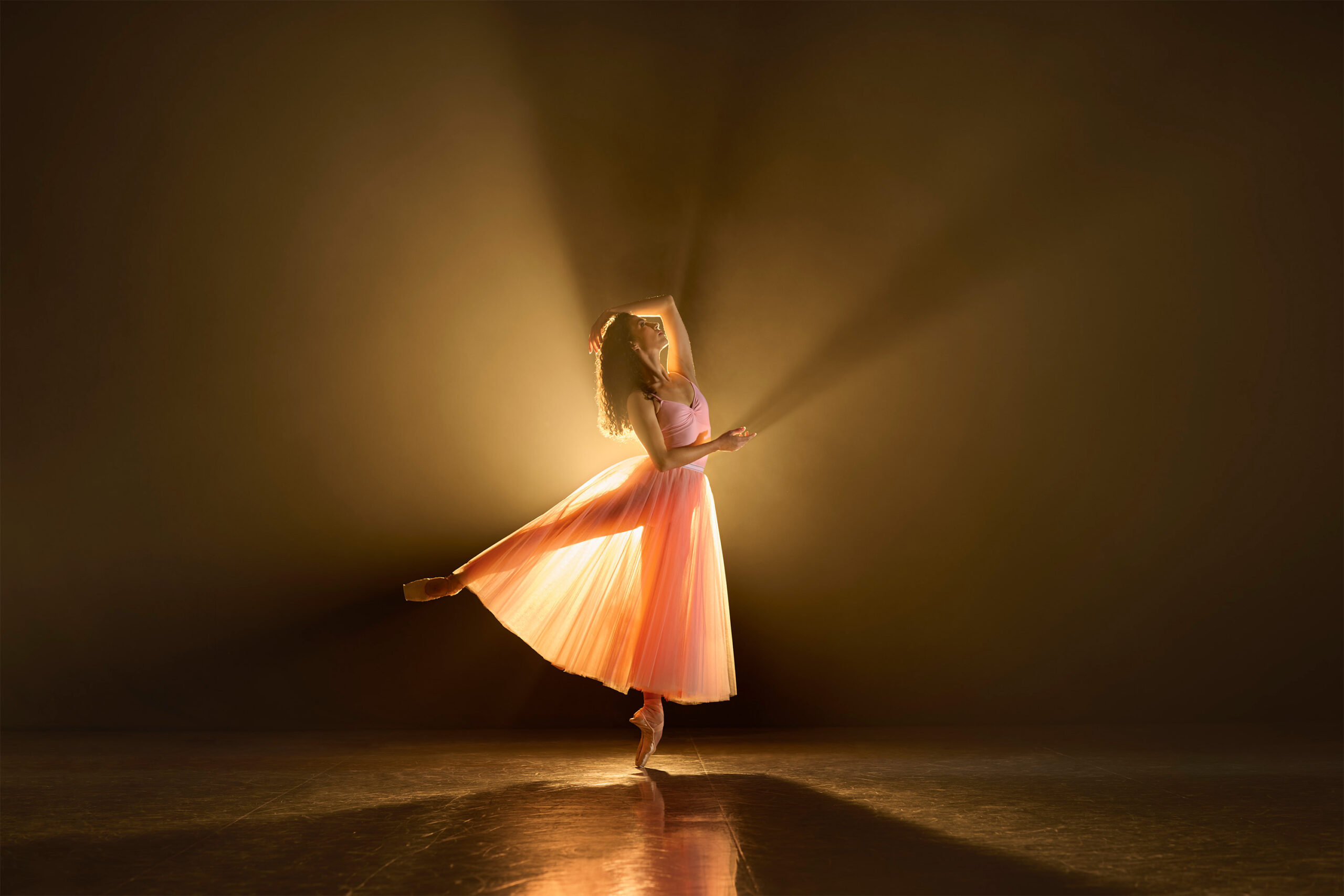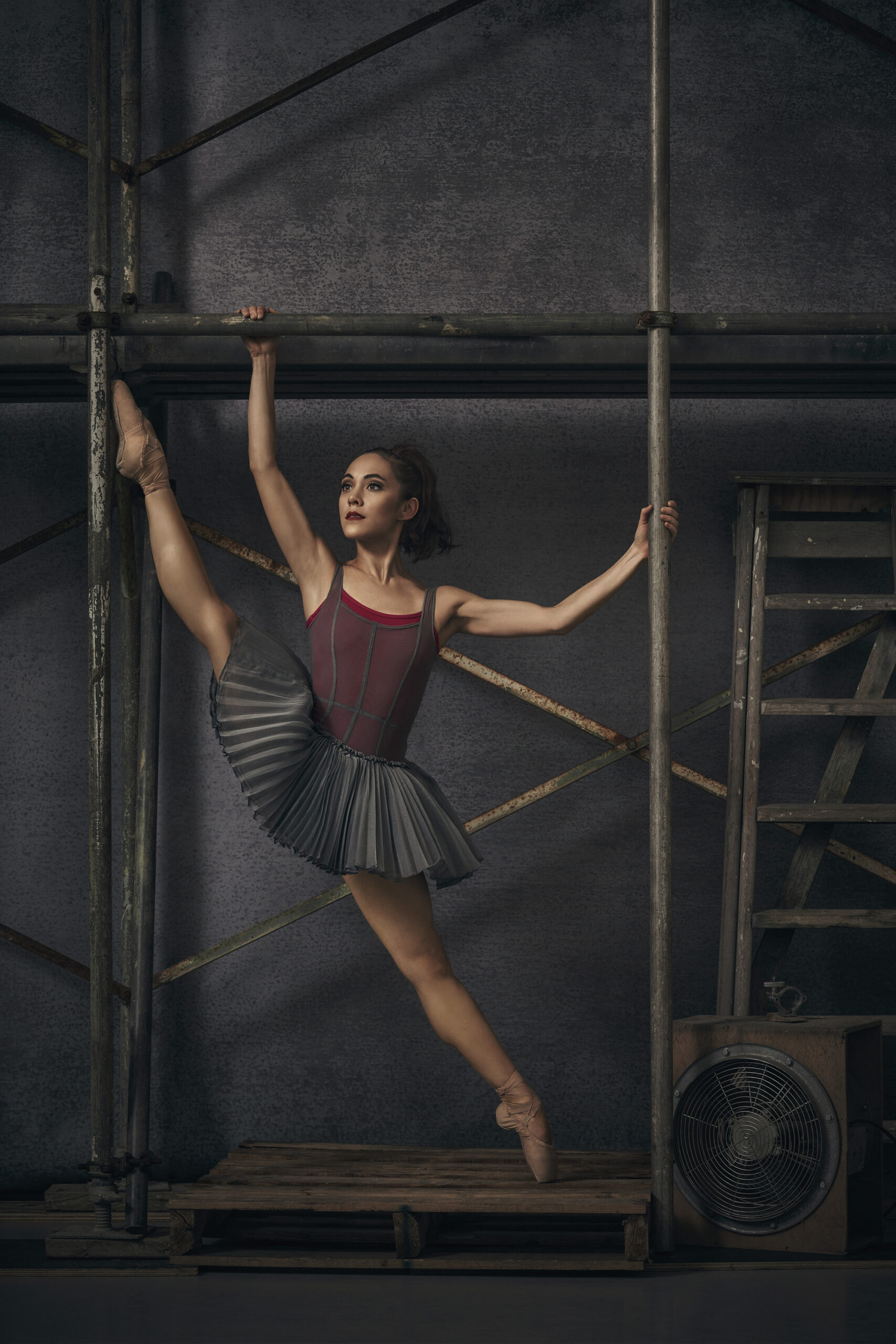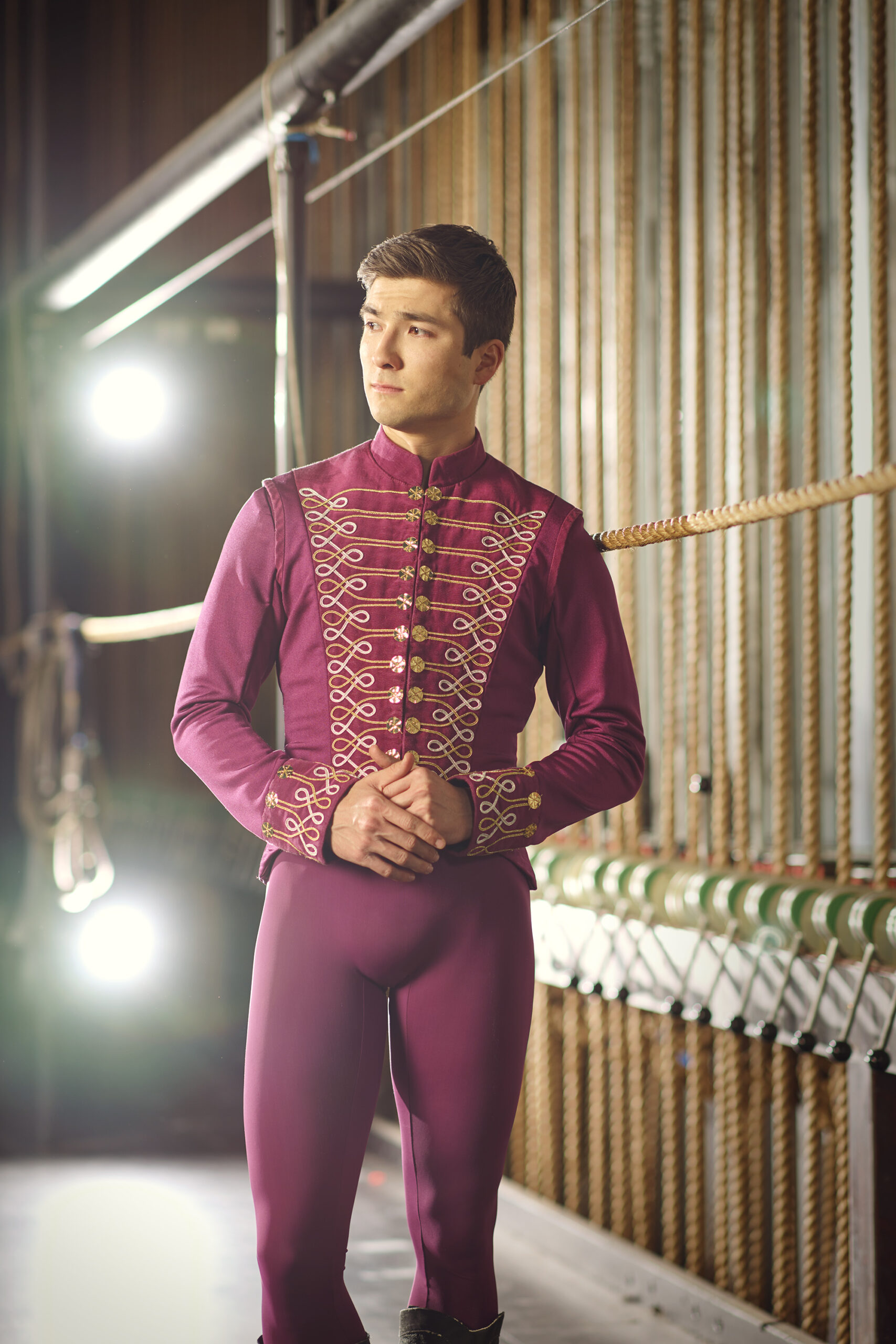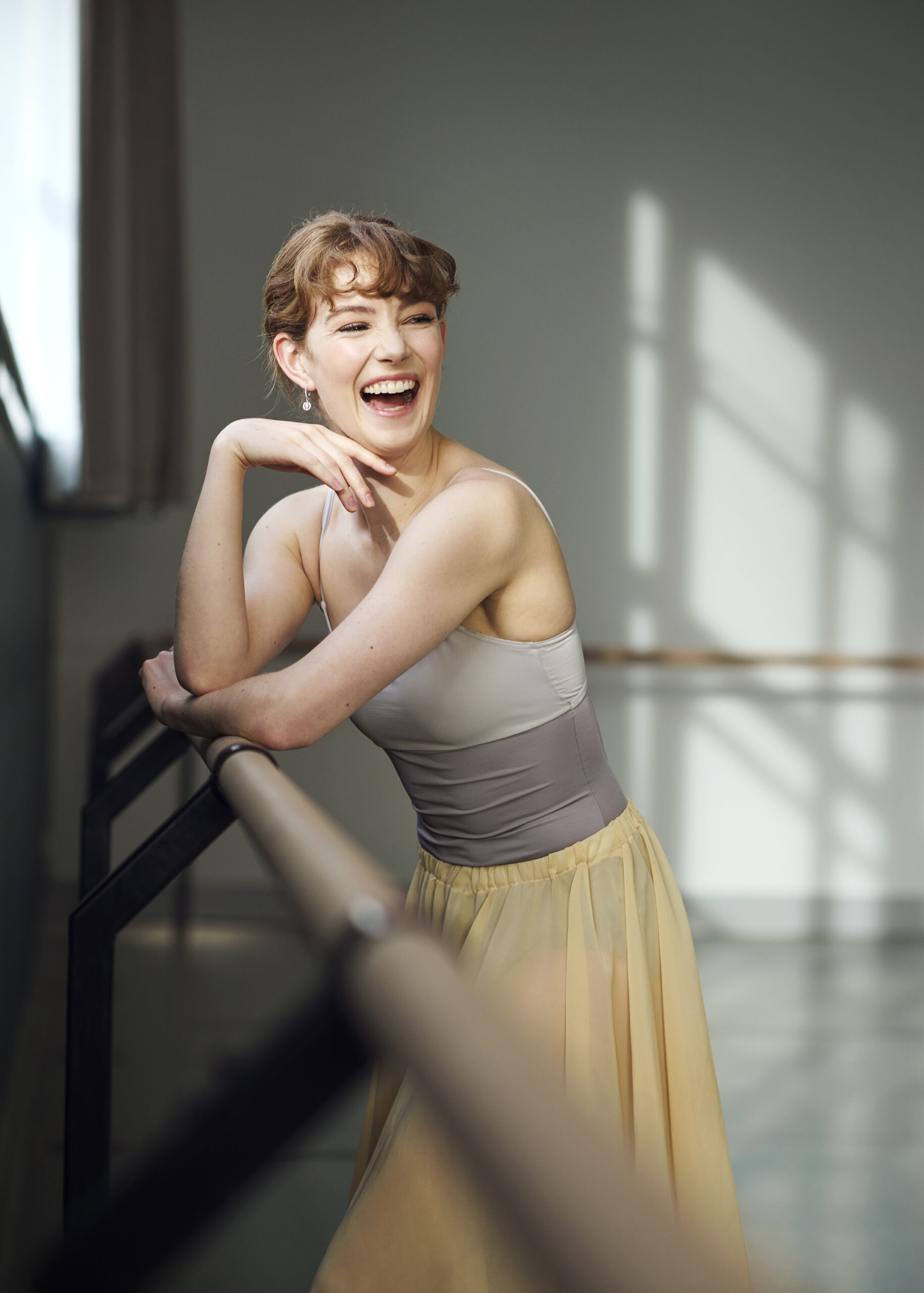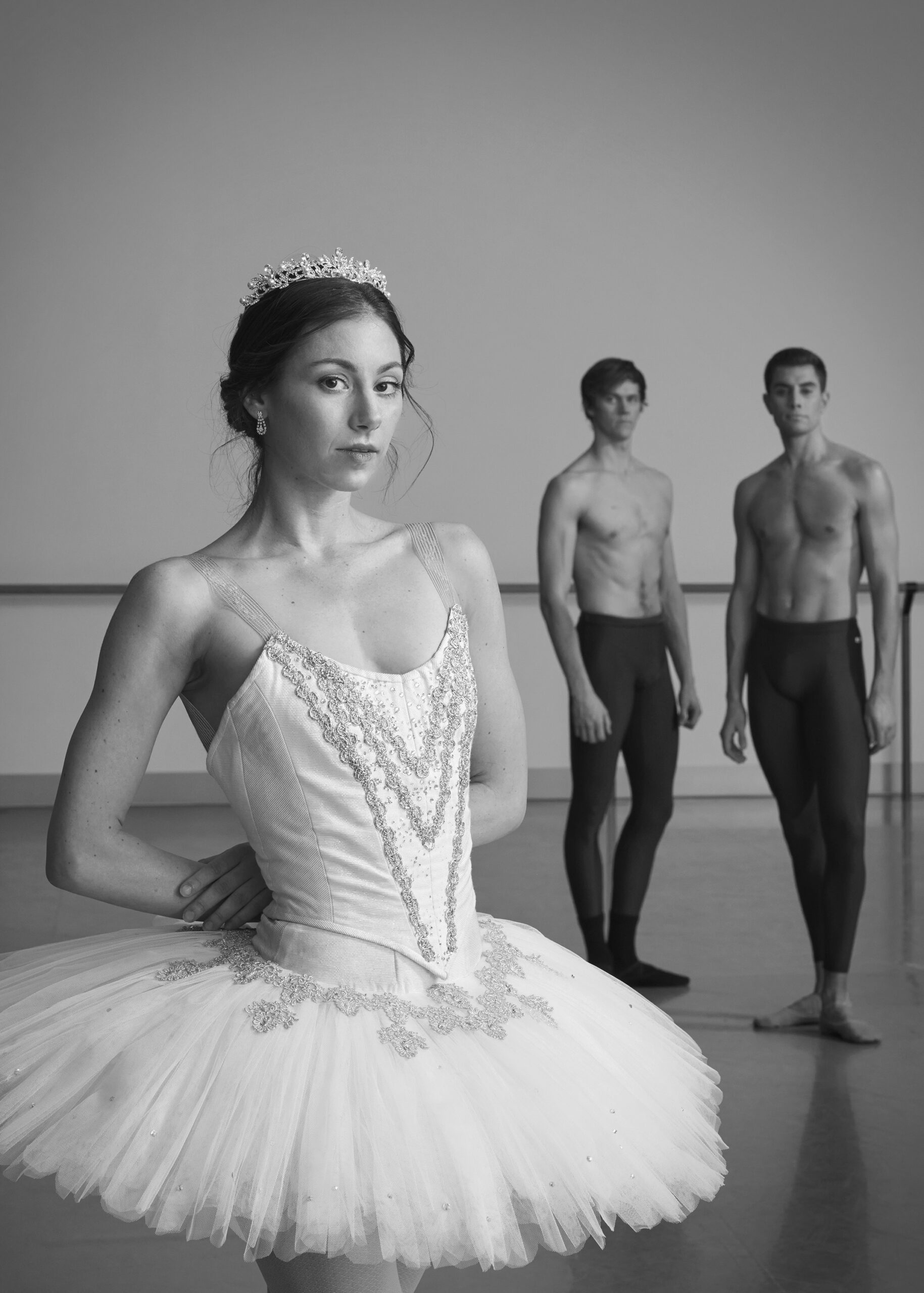11.08.2025
1/3500th of a Second: Photographing Campaigns for the Royal New Zealand Ballet
For over 25 years, photographer Ross Brown has been capturing the essence of the Royal New Zealand Ballet, one story at a time. From windswept beaches to precisely lit studios, his images have defined the look and feel of our most iconic campaigns. Known for his polished aesthetic, intuitive timing and deep respect, Ross has an eye not only for movement, but for emotion, energy and story. We spoke with Ross to reflect on his creative relationship with the RNZB, the thrill of capturing the perfect shot, and the magic that can happen in 1/3500th of a second.
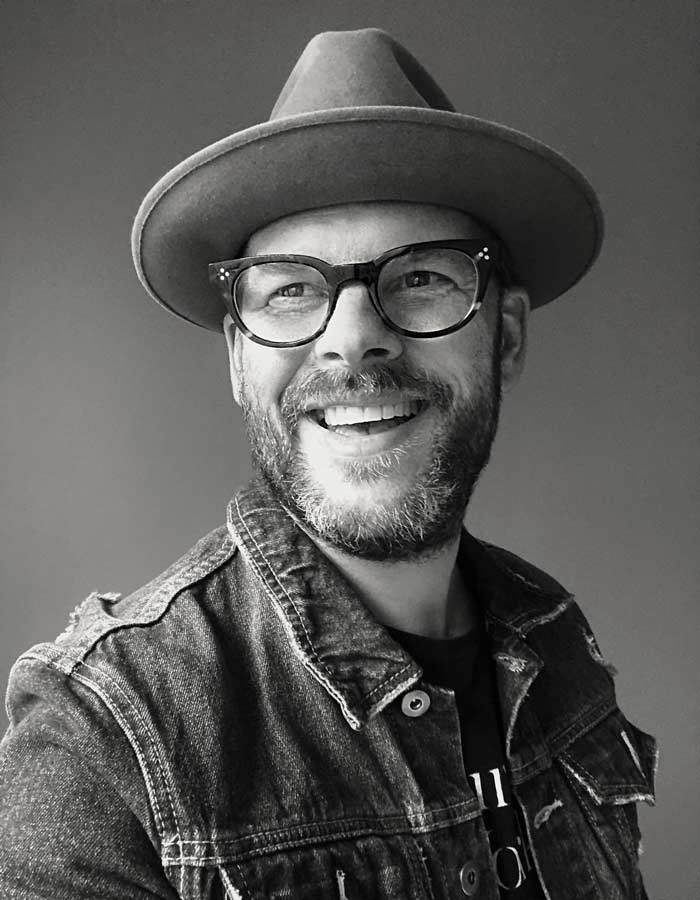
Kia ora Ross! It’s wonderful to speak with you.
Can you tell me, how did your relationship with the Royal New Zealand Ballet begin?
A long time ago!! I started shooting dance when I was 19 and at Photography School. I have always loved contemporary dance and was hanging around rehearsals with Douglas Wright. Lots of my friends were also at the NZ School of Dance. Word got around about my work, I think. I was first approached by the RNZB 25 years ago. It’s been an incredible and very rewarding partnership ever since. I’m a still a huge fan!
What’s your process when conceptualising a ballet campaign shoot?
I love working with Jamie Schaefer at Homegrown Creative, he’s the brains behind a campaign look and feel. We always push ideas, and photography looks and styles around between each other well before a shoot. I think in working this way, the idea and the photography sit hand in hand, each elevating the other. We try to stay fresh and do something new each time.
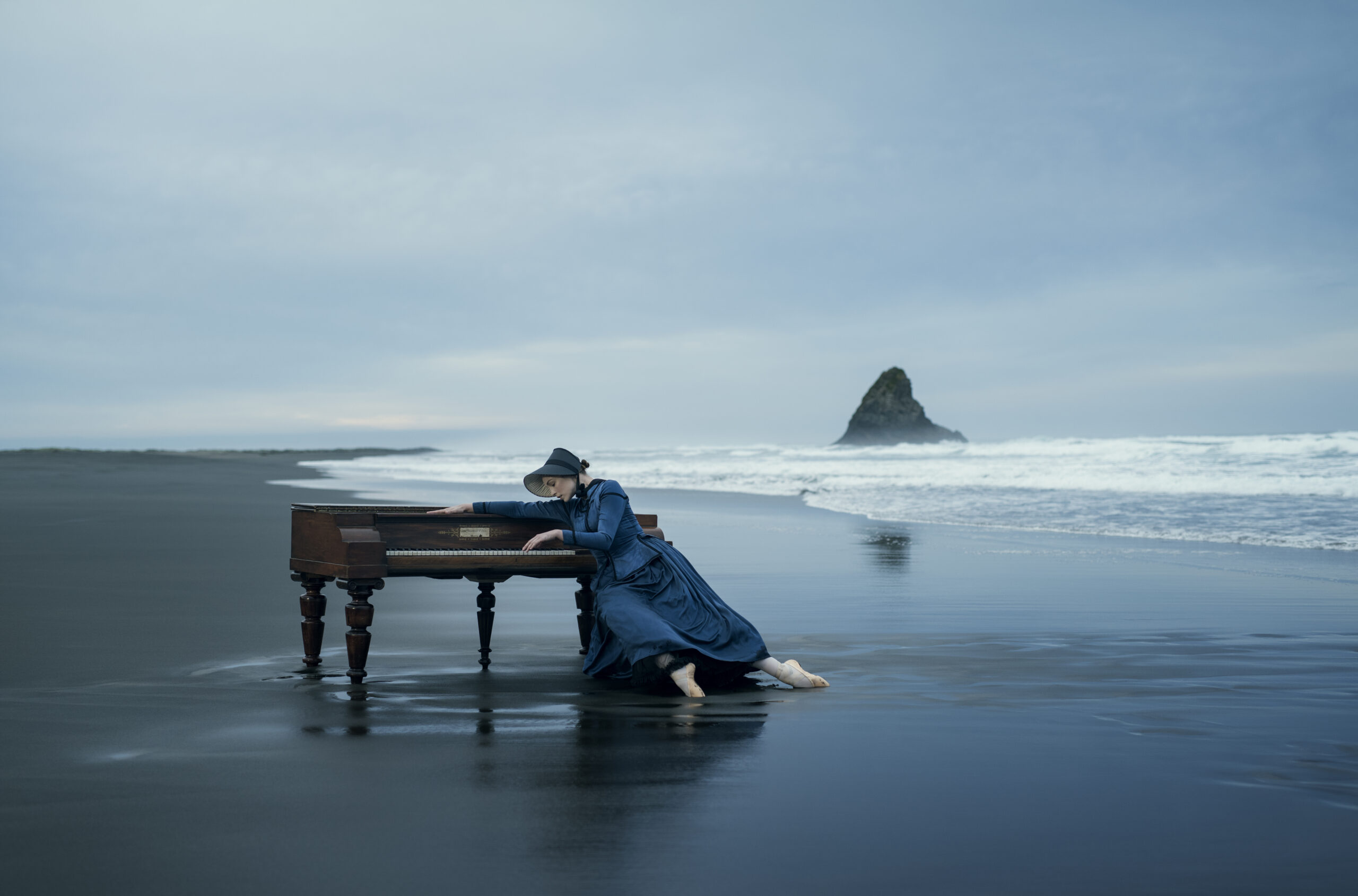
Can you talk us through a favourite RNZB campaign you’ve worked on, and what made it special?
Well, that’s quite hard to pick! This image of Abigail on Karekare Beach for ’The Piano” is quite iconic though. Serene and beautiful. (Left)
Unbelievably we found the original piano from the movie for sale completely by chance, got it to the beach in the wet sand on a trailer with a quad bike with occasional waves lapping up past its feet , Abi having to get avoid getting wet. It was a little wild and pretty adventurous for the RNZB at the time! Abi looked stunning in that dress and bonnet, she was so in the character and so expressive. It was very moody and overcast at dawn and then this tiny hint of light snuck through the clouds, and it all came to life. The colours, tones and location really reflect the emotion and sombre nature of the story.
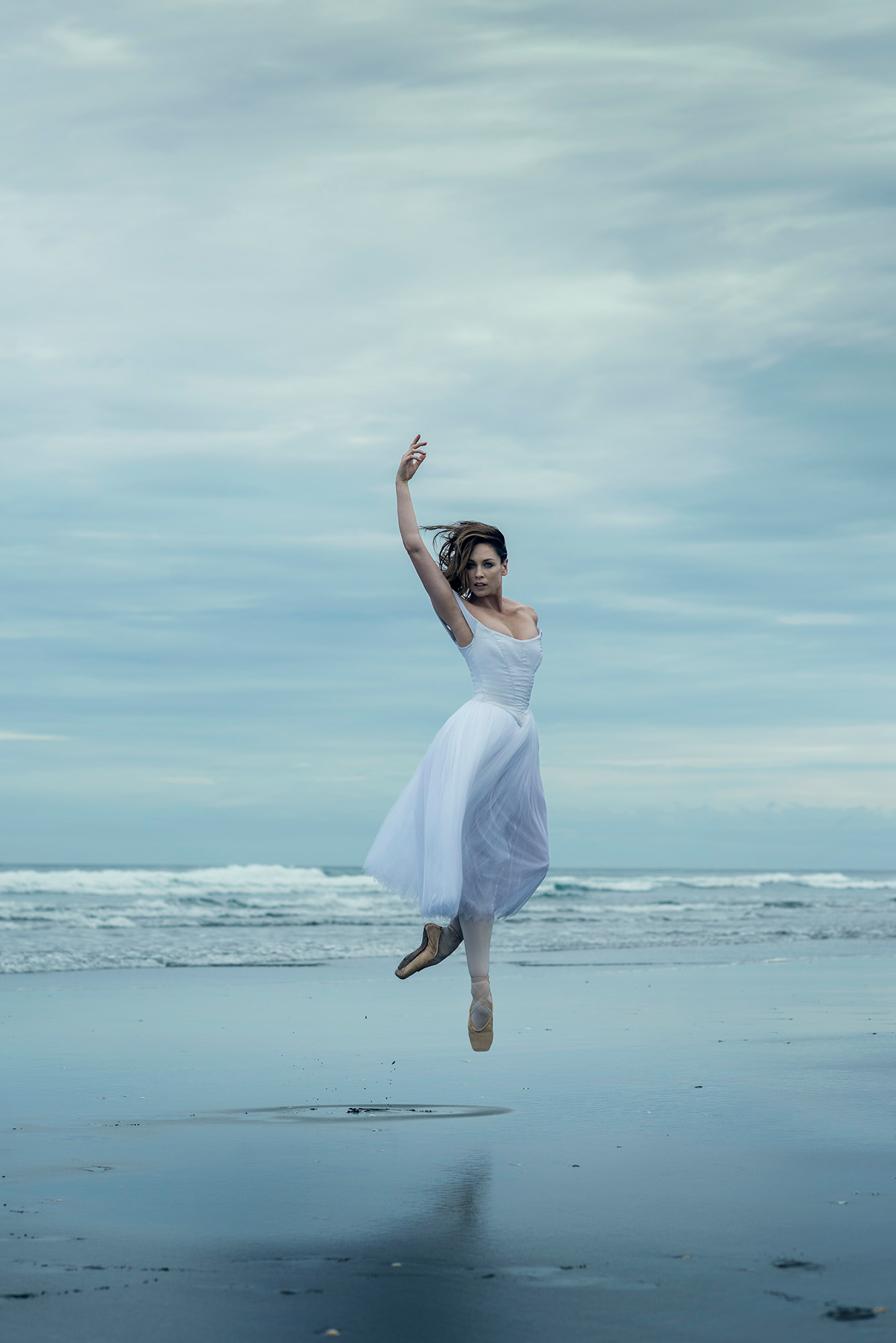
Do you think your background in commercial and editorial photography influences how you shoot for ballet?
I had many influences when I was younger and going through photography school. I’ve been influenced by Art, Fashion, Documentary and Advertising photographers. Over my career I have photographed just about everything, and in doing so I’ve learnt so much, and each genre will teach you something that will be handy or clever in the next, you may just not realise it at the time. You really learn about light, it becomes second nature, and you learn about people and how to get the best out of them.
I was shooting film for a long time in my career before switching to digital too. In that time, I learnt to craft images fully, getting it all in camera, without relying on Photoshop. But was also young enough that I wanted to push the boundaries with fresh ideas and experiment.
Shooting very demanding advertising assignments has just accelerated my learning and skills and pushed me further. I like to produce my own art from time to time too. I think you stay fresher when you aren’t a one trick pony.
What’s different about photographing dancers compared to models or actors?
Models and actors are constantly moving and trying ranges of emotions where you can just keep shooting and shooting while directing. In some cases, this is slower and more precise. I don’t like to over direct as it can end up with them looking a little wooden or awkward.
Usually, I make people do everything for real, not frozen in a pose, keep it fresh. You end up with lots of possibilities.
With dance its very different, you are looking for one single moment out of a much longer sequence of choreography. It’s all over in under a 1/10th of a second. In fact, my flashes fire at around 1/3500th of a second, and only one shot will be the chosen one.
It’s either right or wrong, there is no in-between. You also need to get the shot in a short amount of time as dancers cannot be expected to jump or repeat movement endlessly to avoid strains or possible injury.
Do you direct dancers during shoots, or do you let them move naturally?
The dancers are amazing and bring a lot of energy to set. The artistic directors have a vision for the movements and what looks dynamic as well as technically correct. I work alongside of that, tweaking the light, finding a better angle, suggesting possibly a slightly different body, arm or leg position.
I also direct the dancers to feel a certain emotion or energy that aligns with the campaign brief – it’s a group effort.
How do you create an environment where dancers feel comfortable and expressive?
We all make it feel like one big family, they are very much included in all aspects of the shoot. They know we all want to do the best by them, from the wardrobe, the makeup, to the choreography and the lighting.
It’s one of the best things with having such a long relationship with the Royal New Zealand Ballet, there is a huge amount of trust. They give 110%.
Is there a moment during a shoot when you know you’ve ‘nailed it’?
There is usually a gasp or a wow, or a ‘oh my goodness’ look when we all see an image come in on the monitor.
But also, I’ve developed a sixth sense when it comes to timing, I know when the peak moment is coming, the dances reach the perfect line, when they have peaked in a jump etc. I often use a state of vision that uses both of my eyes and your periphery at the same time and not looking through the viewfinder, I’m looking for their hands, feet, legs to all hit that magic position. I can see exactly when the flash has fired and know when I’ve got the shot. Between the dancers and I we can often do the exact shot again but ask for the leg to be say, five centimetres higher, and we can get it in the next shot. It’s remarkable really.
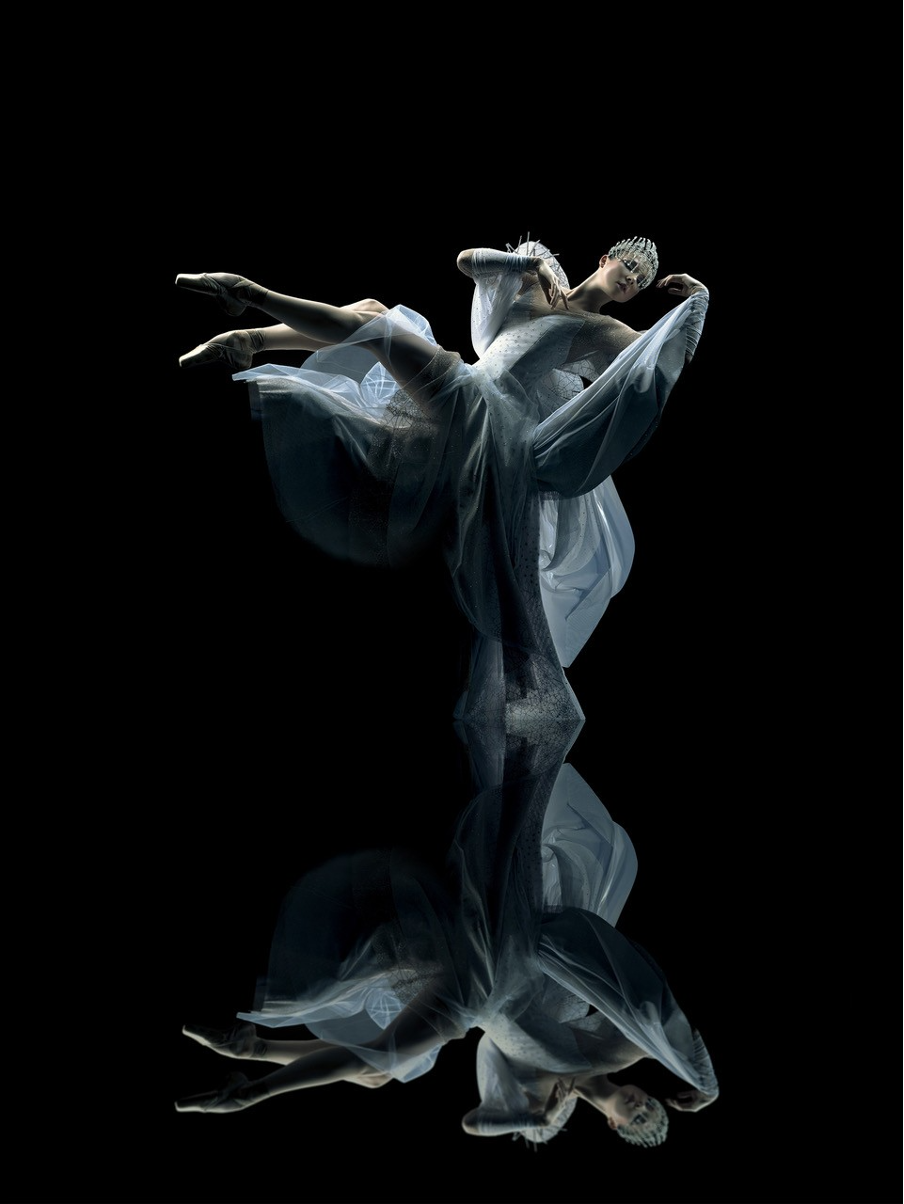
Have you ever had to adapt quickly on set due to unexpected challenges?
Sometimes the weather doesn’t play ball, sometimes costume changes are needed to work with certain moves and sometimes you need to relight just for one jump or movement – but it’s all worth it.
Your photography has such a distinct style, how would you describe your visual aesthetic?
People say it’s polished, has a strong sense of composition, crafted, with a beautiful use of light.
How do you stay creatively fresh after years of working in the field?
I think some of that is a mindset. I approach each shoot independently and differently from the ground up. Start with no limitations and work backwards from there if you have too.
Looking back, how do you think RNZB’s campaigns have evolved over the years?
I think they have become more sophisticated, we have tried many things and always looking for a fresh approach. More imagery out on location as well as in the studio!
Do you have a favourite photo (or series) from your time working with RNZB?
I utterly love this image of Laura Saxon Jones, it’s divine and a little magical. Ethereal, photographed for A Midsummers Night’s Dream in 2015. (Left)
What do you think makes a campaign image resonate with an audience, especially in the performing arts?
Something a little extraordinary that captures the imagination. Conveys the right energy and emotion. Maybe something not seen before.
How does it feel to see your work across banners, billboards and programmes nationwide?
I love seeing them out and about, I’m a big fan of the RNZB, and proud to be associated with them.
What is your favourite thing about working with the Royal New Zealand Ballet?
Everyone is wonderful at the Ballet, but working with the choreographers and the dancers is hugely rewarding both creatively and physically on set. It’s a real buzz everyone working towards that magic moment.
It’s a real honour working with such incredible dancers who are so talented in every way.
What advice would you give to aspiring photographers?
Just go shoot. Experiment. Learn from other photographers or assist them. Find your own look and stay true to yourself.
